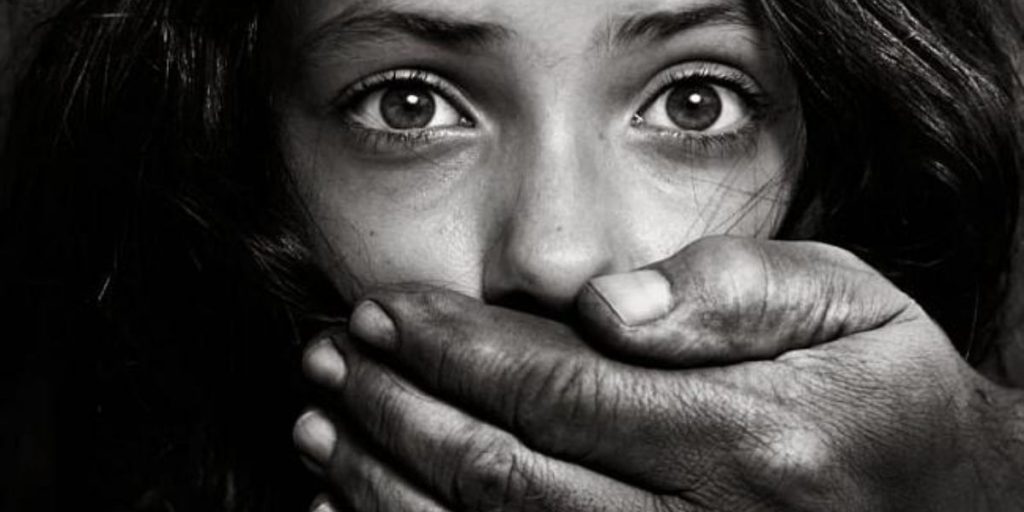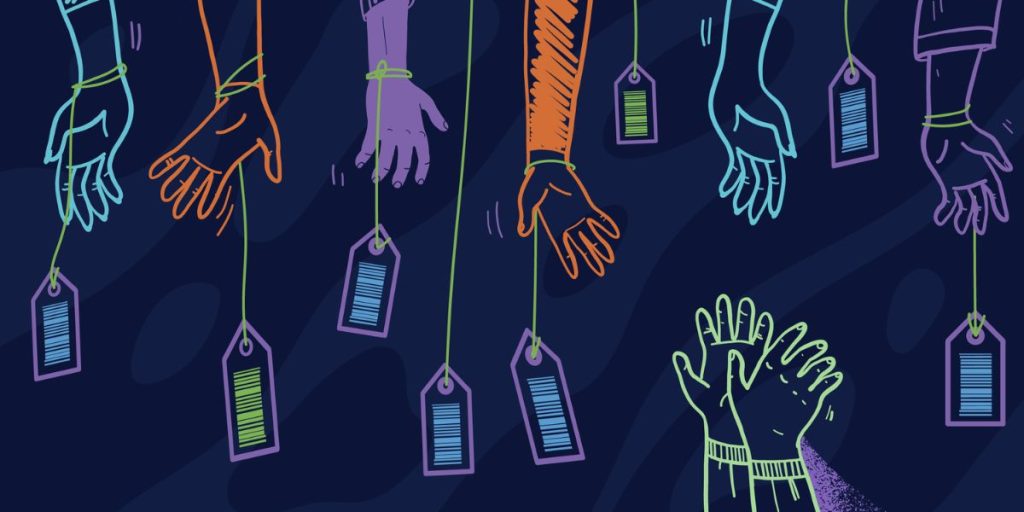Human trafficking, a modern form of slavery, is widespread in all states, including Delaware. According to data from the National Human Trafficking Hotline, Delaware has verified 85 cases of human trafficking since 2012, with 16 reported in 2020.
Nonetheless, these estimates may not fully reflect the true scope of the problem, as many victims and survivors remain hidden and unaccounted for.
The majority of human trafficking incidents reported in this city involve sex trafficking. This is the use of force, deception, or compulsion to compel people to engage in commercial sex acts.
Sex traffickers operate in a variety of locations, including hotels, motels, massage parlors, strip clubs, online platforms, and domestic brothels. A troubling feature is that some victims are children, who are frequently seduced by false promises of love, money, or safety.
Wilmington: The Human Trafficking Hub of Delaware

Wilmington, Delaware’s largest and most populated city, unfortunately, has one of the state’s worst incidences of human trafficking. Its strategic location at the intersection of major highways and trains makes it a desirable transit point for both traffickers and their victims.
Compounding the problem, Wilmington has a high poverty rate, a large homeless population, and a history of gang violence, creating an environment ripe for exploitation and vulnerability.
The most common type of human trafficking recorded in Wilmington is sex trafficking, in which people are pressured, tricked, or forced to perform commercial sex acts.
Recognizing the gravity of the problem, the Delaware Department of Health and Social Services (DHSS) has taken aggressive steps to combat human trafficking in the state. Their efforts include doing research, raising awareness, training, and providing services to victims and survivors.
DHSS produced a paper titled “Estimating the Prevalence of Human Trafficking in Delaware” in 2020. Its goals were to evaluate the scope and nature of human trafficking in the state, as well as to identify any gaps or issues in data collection and service delivery systems.
According to the survey, Delaware had 507 confirmed occurrences of human trafficking in 2019, with Wilmington accounting for 40 of those.

However, the report acknowledged that these statistics were likely lower than the real numbers because they excluded victims who remained unrecognized, unreported, or unsupported by any group.
Furthermore, the research stressed the importance of enhanced collaboration and coordination among various stakeholders, including law enforcement, service providers, community organizations, and survivors, in successfully addressing the issue of human trafficking in Delaware.
Officials’ Efforts to Combat the Issue of Human Trafficking

The Delaware Attorney General’s Office is actively addressing the issue of human trafficking in the state. Their efforts include prosecuting traffickers, assisting victims, and strengthening existing laws.
In 2021, the Attorney General announced a new initiative to create a Human Trafficking Coordinating Council. This council’s goal is to bring together officials from diverse industries and agencies to develop a comprehensive and coordinated strategy for combating human trafficking in Delaware.
Although combating human trafficking, particularly in Wilmington, is difficult, there is hope. Numerous devoted individuals and groups are working relentlessly to eliminate this horrible crime and restore dignity and justice to the victims and survivors.
If you suspect or observe human trafficking in Delaware, please contact the National Human Trafficking Hotline at 1-888-373-7888 or text “HELP” to 233733.
Conclusion
Wilmington, Delaware grapples with a significant human trafficking issue, especially in sex trafficking. Despite proactive efforts by authorities and dedicated individuals, reported cases may not capture the full extent of the problem. Increased collaboration among stakeholders is essential. While the battle is challenging, ongoing efforts provide hope for eradicating this crime and supporting victims. Vigilance and reporting are crucial in addressing this grave issue.